15 Rare Nocturnal Animals You Can Encounter While Traveling
If you are someone who enjoys traveling off the beaten path, nocturnal animals are waiting to be discovered after the sun sets. While many creatures rest during the day, some are just waking up, ready to show you a different side of nature. Observing these animals can give you a deeper understanding of the environments you visit. From mysterious creatures in rainforests to desert-dwelling species, each encounter is a new adventure.
This post may contain affiliate links, which helps keep this content free. Please read our disclosure for more info.
Aye-Aye (Daubentonia madagascariensis)
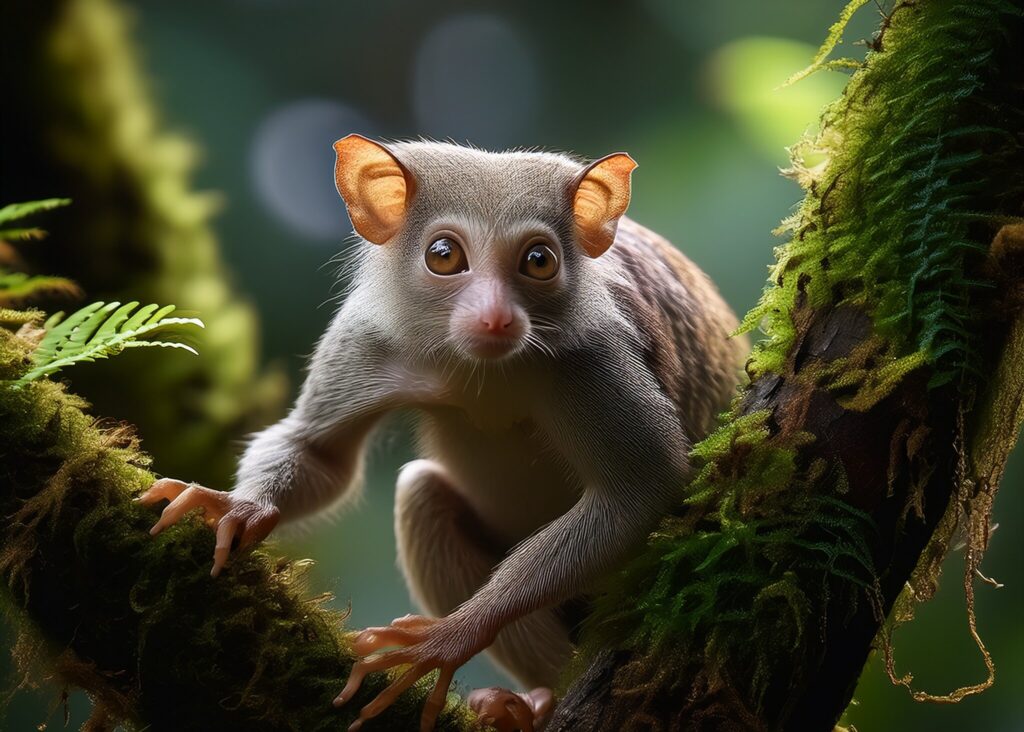
Native to Madagascar, the Aye-Aye is one of the most unusual and rare nocturnal animals you can encounter. This primate has a distinctive look, with large eyes, big ears, and an incredibly long middle finger, which it uses to tap on tree trunks to locate insects. The Aye-Aye is a master of finding food in the dark, feeding on grubs hidden deep within the bark. You can see this rare animal in the rainforests of Madagascar, especially if you take a night tour in the region’s protected reserves.
Because of their peculiar appearance, Aye-Ayes are often considered omens of bad luck, adding to the mystery surrounding them. They are highly endangered due to habitat destruction and hunting. However, conservation efforts are helping protect their remaining populations. Spotting an Aye-Aye in the wild is a rare and unforgettable experience for any nature enthusiast.
Kinkajou (Potos flavus)
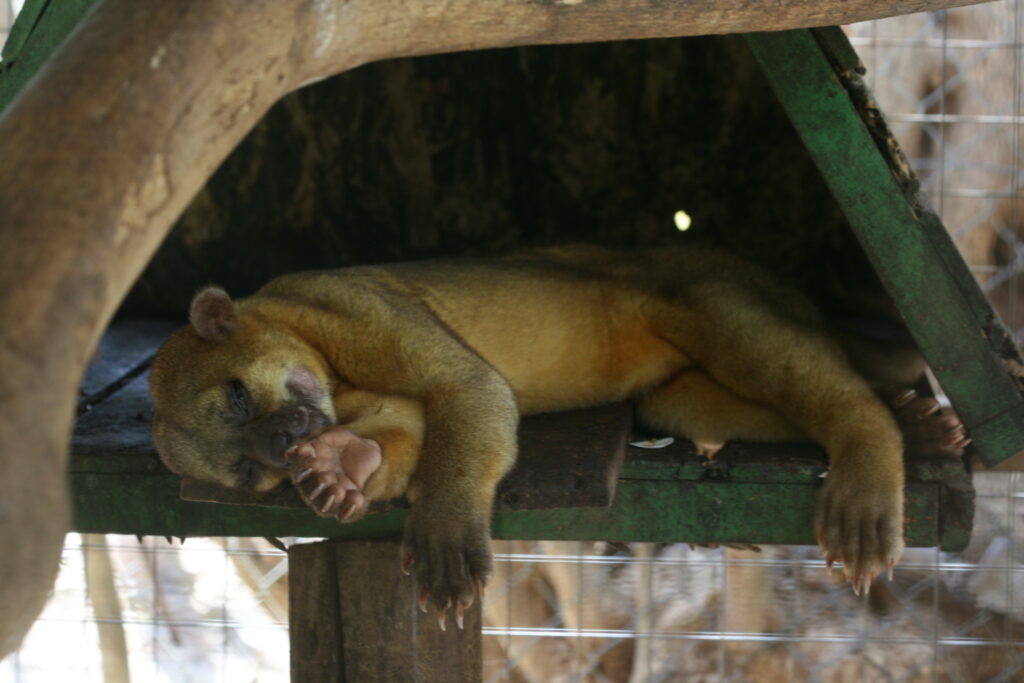
Often called the “honey bear,” the Kinkajou is a small, nocturnal mammal found in Central and South America. These animals are known for their long prehensile tail and sharp, forward-facing eyes that help them navigate through the treetops during the night. They feed mainly on fruit, particularly nectar, and are excellent climbers, moving effortlessly through the canopy. You can find Kinkajous in tropical rainforests in countries like Costa Rica and Panama, where they are most active after dusk.
Kinkajous are often elusive, making them a challenging animal to spot, but their playful and curious nature makes them fascinating to observe. While they are not endangered, habitat loss poses a significant threat to their population. Their unique behavior and their nocturnal habits make them one of the most interesting animals to observe while traveling in the tropical rainforests of Central America.
Numbat (Myrmecobius fasciatus)
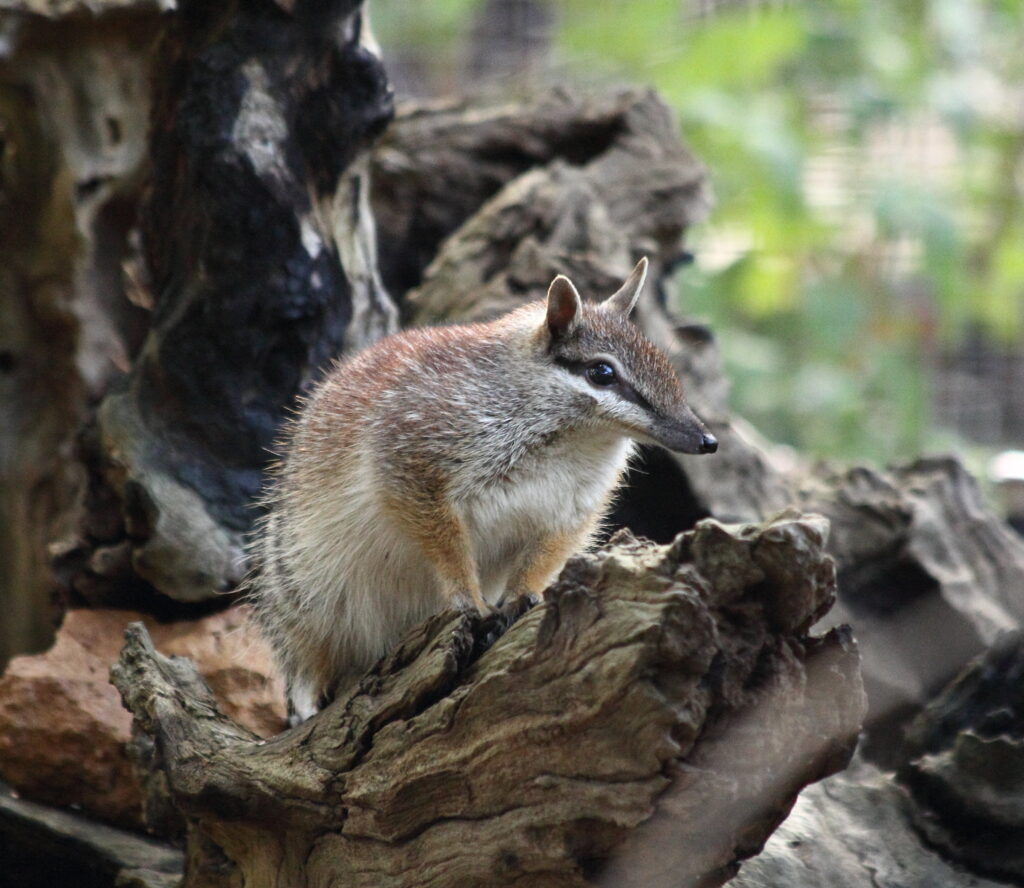
The Numbat is a small marsupial native to Western Australia and is known for its striking appearance, with reddish-brown fur and white stripes along its back. Unlike most other nocturnal animals, the Numbat is diurnal, but it is most active at dawn and dusk, making it a great animal to observe during the twilight hours. It primarily feeds on termites, which it captures with its long tongue.
Although it is nocturnal for much of its activity, the Numbat is one of the few marsupials to be primarily termite-eating. The Numbat was once widespread across Australia but is now restricted to a few safe habitats due to predation by introduced species. Conservation programs are working to ensure that this species does not disappear entirely. A sighting of the Numbat is a special reward for visitors to Australia’s protected wilderness.
Flying Fox (Pteropus spp.)
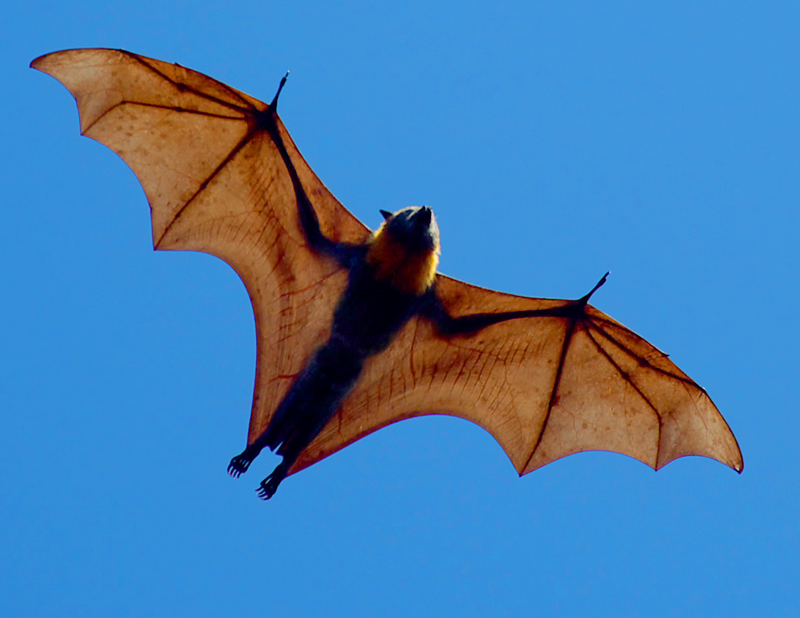
Flying Foxes are large fruit bats found throughout Southeast Asia, Australia, and the Pacific Islands. These nocturnal creatures are remarkable for their wingspan, which can reach up to six feet in length. Their diet consists mainly of fruits, nectar, and flowers, making them essential for pollination in many ecosystems. You can encounter these bats in tropical areas such as Fiji, the Philippines, and Northern Australia, especially when they take to the skies at dusk.
Despite their size and somewhat intimidating appearance, Flying Foxes play an important ecological role by helping to maintain plant populations through their pollination. They are not typically aggressive and prefer to hang upside down in trees during the day, resting before their nocturnal activities. Due to habitat loss and hunting, some species of Flying Foxes are endangered. Watching them soar gracefully through the night sky is a spectacular experience for travelers in the tropics.
Tarsier (Tarsius spp.)
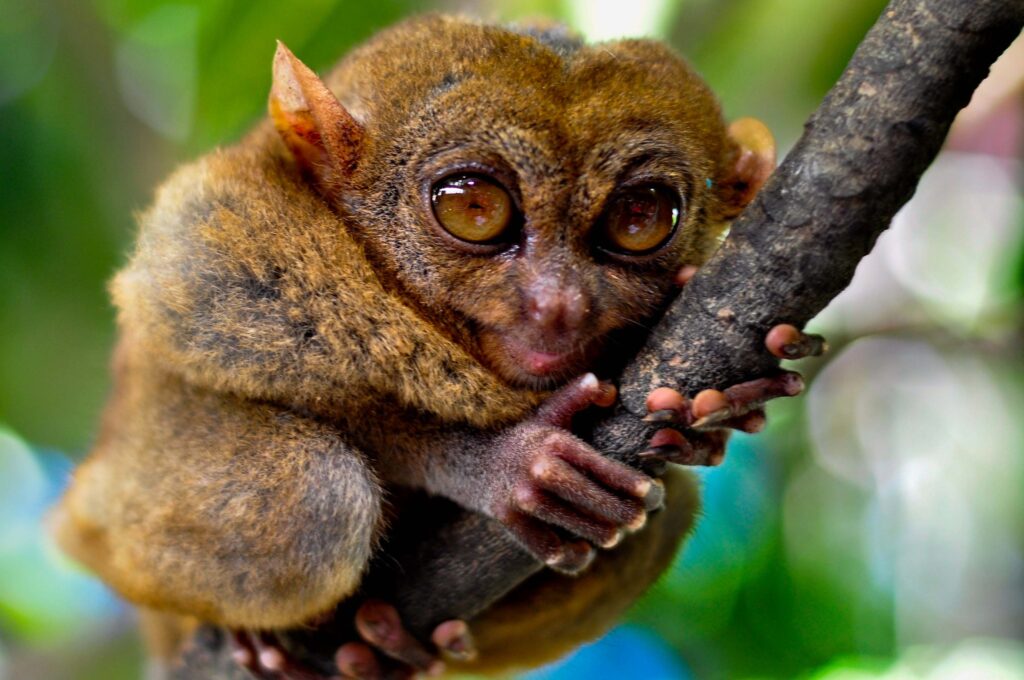
The Tarsier is a tiny primate known for its enormous eyes, which help it see in the dark as it hunts for insects, birds, and small reptiles. These creatures are primarily nocturnal and are often seen in the forests of Southeast Asia, particularly in the Philippines, Borneo, and Sumatra. Tarsiers are excellent jumpers, able to leap several meters from tree to tree in search of prey. Despite their small size, they are skilled hunters and can catch prey larger than their body weight.
Tarsiers are highly sensitive to human presence and can be challenging to spot in the wild. They are endangered due to habitat loss and the pet trade. Fortunately, sanctuaries dedicated to their protection have been established, where travelers can observe them in a safe, natural environment. Seeing a Tarsier in its nocturnal habitat is a special moment that highlights the beauty of the jungle after dark.
Hawk Moth (Sphingidae)
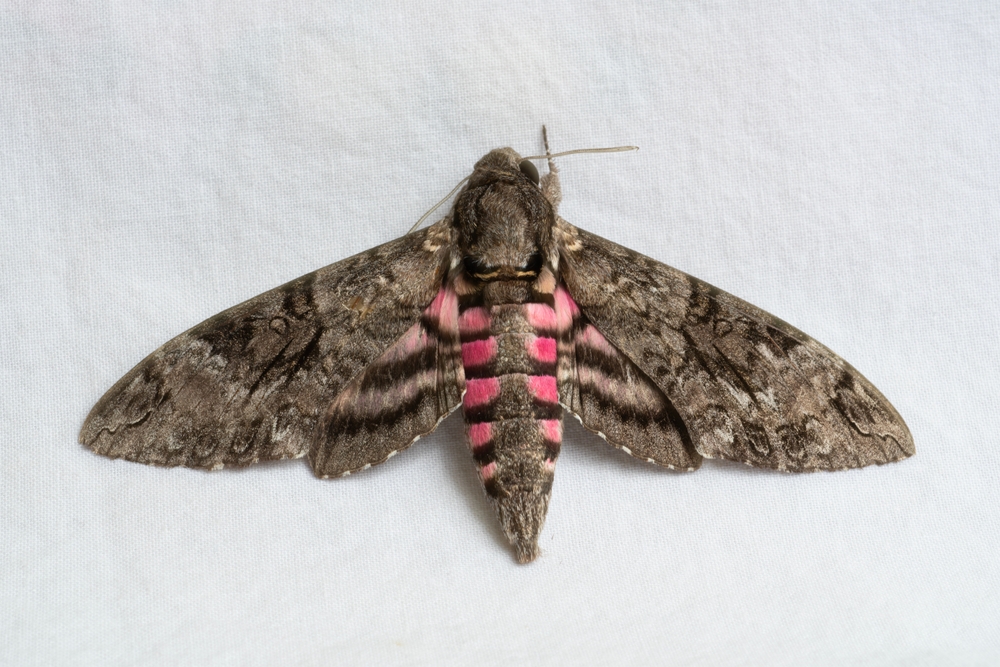
The Hawk Moth is one of the largest species of moths, known for its incredible ability to hover in mid-air while feeding on nectar, much like a hummingbird. Found in regions across Europe, Africa, and Asia, these moths are nocturnal and are typically active during the night. Hawk Moths are attracted to strongly fragrant flowers and can travel great distances in search of food. You can spot them in gardens or forests, especially during warmer months when flowers are abundant.
Their impressive flight capabilities make them one of the most fascinating nocturnal creatures to observe. Though they are not endangered, their populations are affected by light pollution and habitat destruction. Their unique flight behavior and nocturnal lifestyle make Hawk Moths a wonder to watch during nighttime nature walks. If you are traveling to temperate or tropical climates, keep an eye out for these graceful insects at night.
Civets (Viverridae)
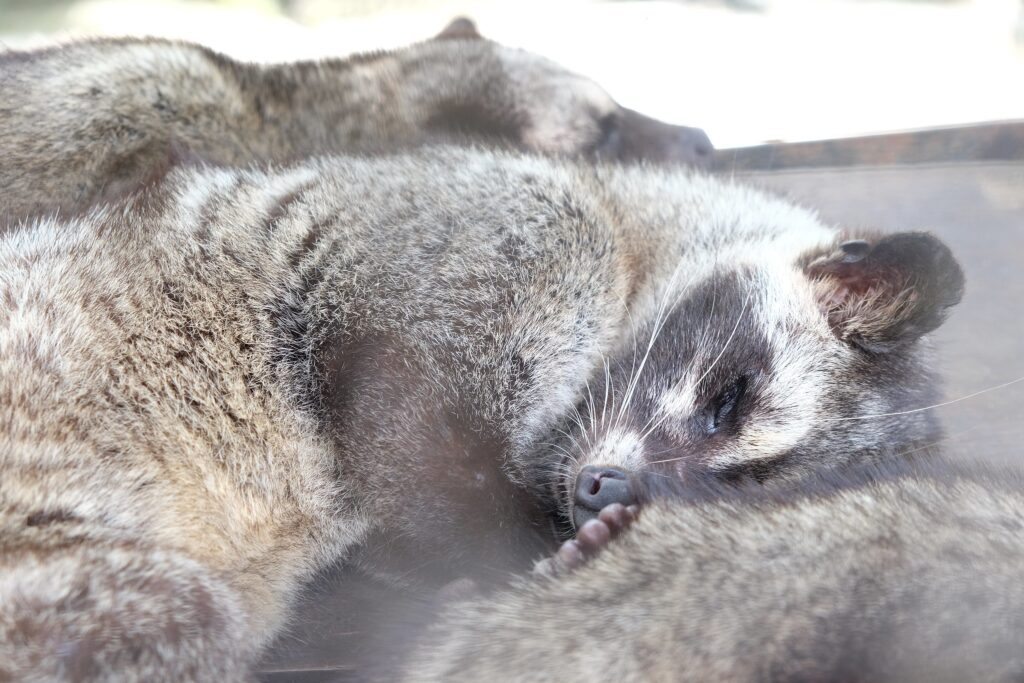
Civets are small, nocturnal mammals found across Asia and Africa, known for their distinctive markings and cat-like behavior. These animals are omnivorous and often hunt for small mammals, birds, and fruits at night. Civets are mostly solitary and tend to keep to dense forests or open woodlands, making them difficult to spot. You can encounter them in places like Sri Lanka, India, and parts of Sub-Saharan Africa, where they thrive in nocturnal ecosystems.
Civets are also famous for producing a unique secretion, often used in perfumes, adding to their intrigue. They are highly adaptable creatures that can live in a range of environments, from dense jungles to urban areas. Although they are not generally endangered, some species of Civets face threats from poaching and habitat loss. If you are trekking through dense forests in Africa or Asia, be on the lookout for these elusive creatures in the dark.
Slow Loris (Nycticebus spp.)
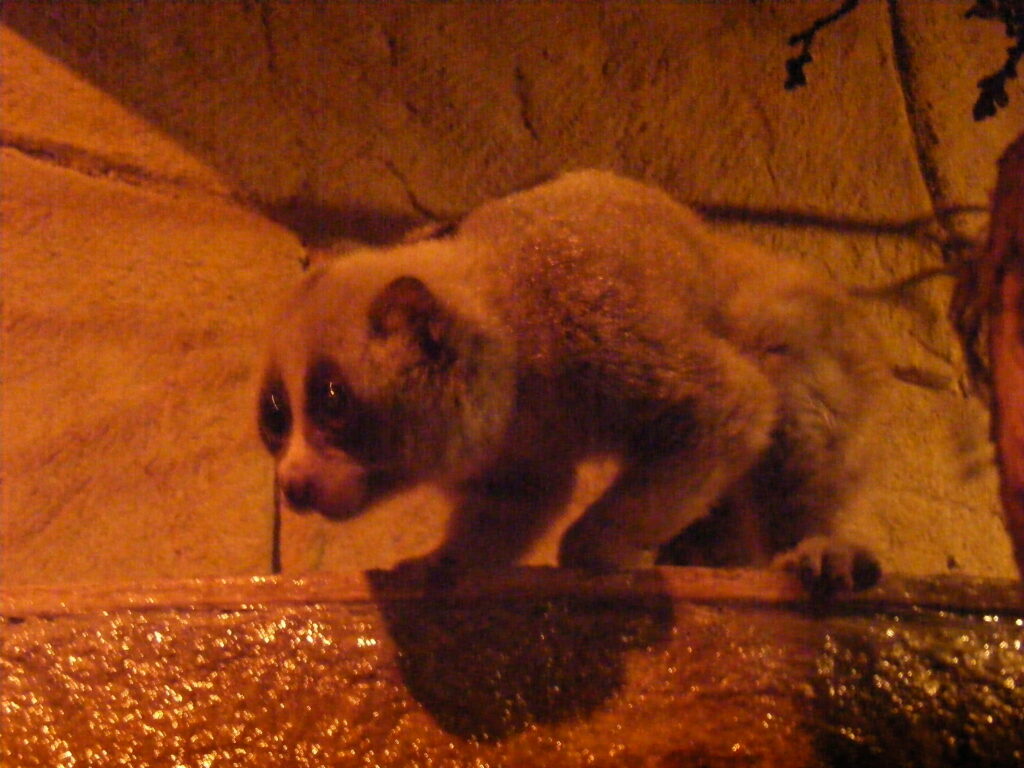
The Slow Loris is a small primate found in Southeast Asia and is known for its slow, deliberate movements and large, expressive eyes. This nocturnal animal spends most of its time in the trees, moving slowly to avoid detection by predators. Slow Lorises are known to feed on insects, fruit, and small animals, using their specialized thumbs to grasp branches tightly. You can spot them in countries such as Indonesia, Malaysia, and Thailand, where they inhabit rainforests and wooded areas.
Slow Lorises are often kept as pets in illegal wildlife trade markets, putting pressure on their populations. Their slow movements and large eyes make them particularly endearing, but their venomous bite, which they use for defense, adds a layer of danger. Seeing a Slow Loris in its natural habitat is a rare treat, especially as they are elusive and primarily active at night. Their quiet, stealthy nature makes them one of the more intriguing nocturnal animals to find.
Nightjars (Caprimulgidae)
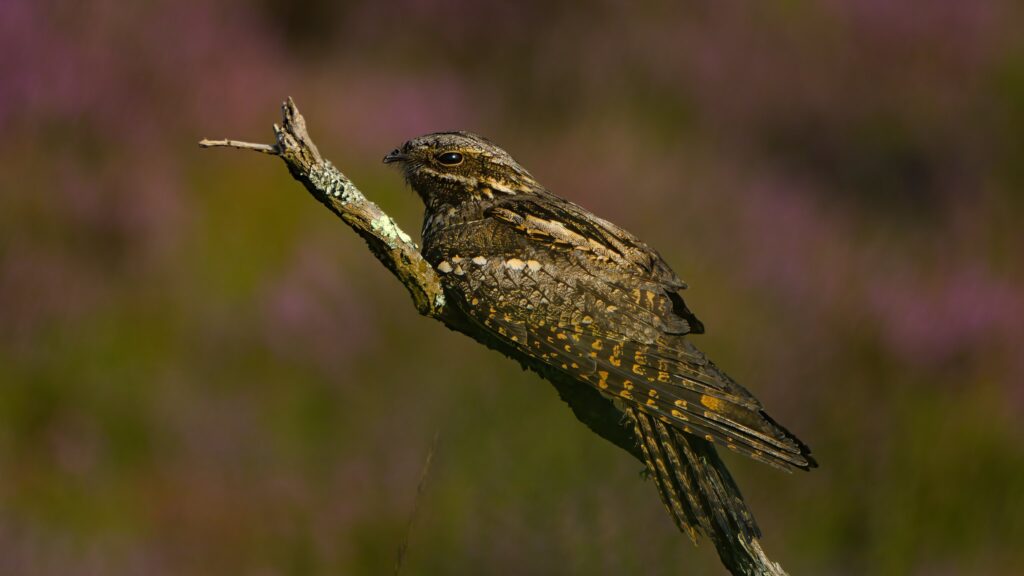
Nightjars are nocturnal birds found in a variety of habitats around the world, including grasslands, forests, and deserts. They are well known for their cryptic plumage, which helps them blend into the environment during the day when they rest. At night, these birds take flight to hunt insects, using their wide mouths to catch their prey mid-air. You can encounter Nightjars in locations ranging from the forests of North America to the open deserts of Australia.
These birds are often heard before they are seen, as they produce distinctive calls during their nocturnal hunts. Their excellent camouflage and secretive nature make them challenging to spot. However, their fascinating flight patterns and insect-catching abilities make them a rewarding sight for birdwatchers. If you are visiting rural or remote areas with little light pollution, you may be lucky enough to witness their nocturnal behavior.
Ocelot (Leopardus pardalis)
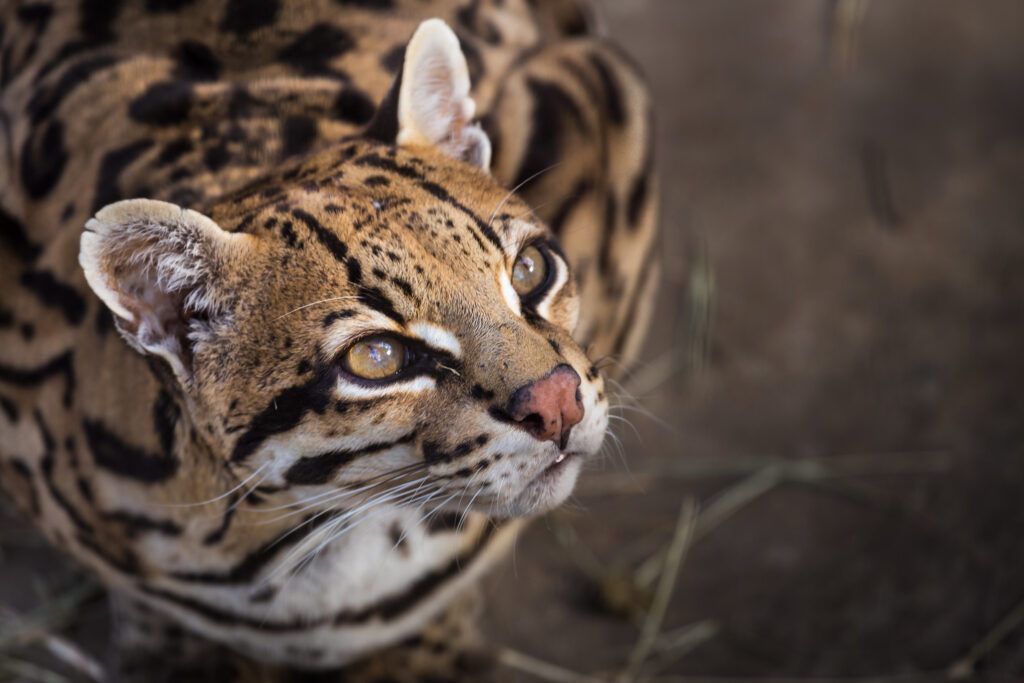
The Ocelot is a small wild cat native to Central and South America, known for its beautiful coat with distinctive spots and stripes. It is a nocturnal hunter, using its keen senses to stalk prey such as small mammals, birds, and reptiles under the cover of night. Ocelots are primarily solitary creatures and tend to avoid human contact, making them challenging to spot in the wild. However, you can find them in rainforests, tropical forests, and savannahs across countries like Brazil, Panama, and Mexico.
Ocelots are excellent climbers, often found in trees where they hunt or sleep during the day. They are endangered due to habitat destruction and poaching for their fur. Conservation programs are working to protect these elusive cats and their natural habitats. If you are trekking through remote jungles, keep an eye out for these stealthy hunters as they move through the night.
Binturong (Arctictis binturong)
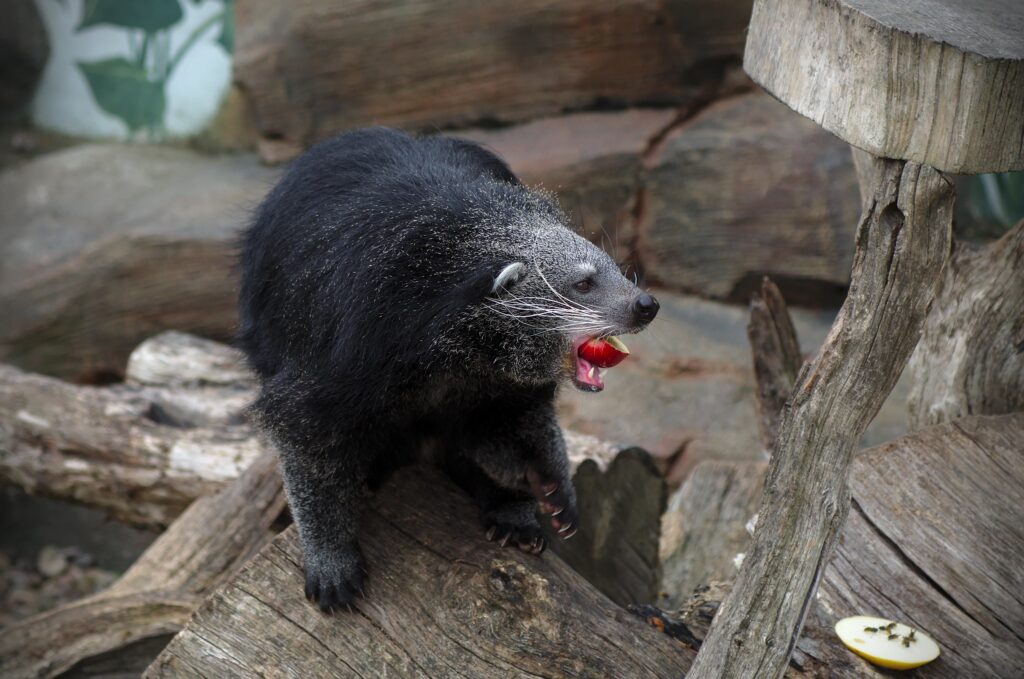
The Binturong, often known as the “bearcat,” is a nocturnal mammal native to Southeast Asia. It has a bear-like body with a prehensile tail, which it uses to navigate through the treetops in search of food. Binturongs are omnivorous, feeding on fruits, leaves, and small animals. You can encounter them in the rainforests of countries like Indonesia, Malaysia, and Thailand, where they are more active during the night.
Despite their intimidating appearance, Binturongs are largely peaceful animals that prefer to stay hidden. They are known for their distinctive smell, often compared to the scent of buttered popcorn, which adds to their intrigue. Unfortunately, they are endangered due to deforestation and the illegal pet trade. Spotting a Binturong in the wild is a rare and rewarding experience for any wildlife enthusiast.
Black-footed Ferret (Mustela nigripes)
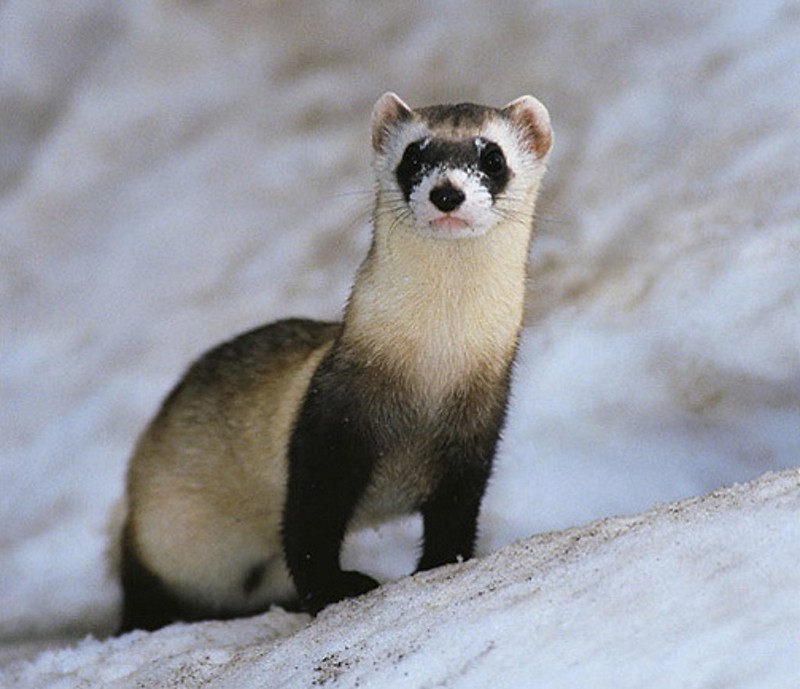
The Black-footed Ferret is a rare and nocturnal carnivore native to the grasslands of North America. It is a highly specialized hunter, feeding almost exclusively on prairie dogs, which make up the majority of its diet. Once thought to be extinct, the Black-footed Ferret has made a comeback thanks to conservation efforts. You can encounter these ferrets in protected areas such as the Rocky Mountain Arsenal National Wildlife Refuge in Colorado.
Though ferrets are elusive and primarily active at night, they are a critical part of the ecosystem, controlling prairie dog populations. Conservation efforts have helped increase their numbers, but they remain an endangered species. Sightings of the Black-footed Ferret are rare, making it a special moment for any wildlife observer. As they are nocturnal, catching a glimpse of one is often a challenge but well worth the effort.
Glow-worms (Lampyridae)
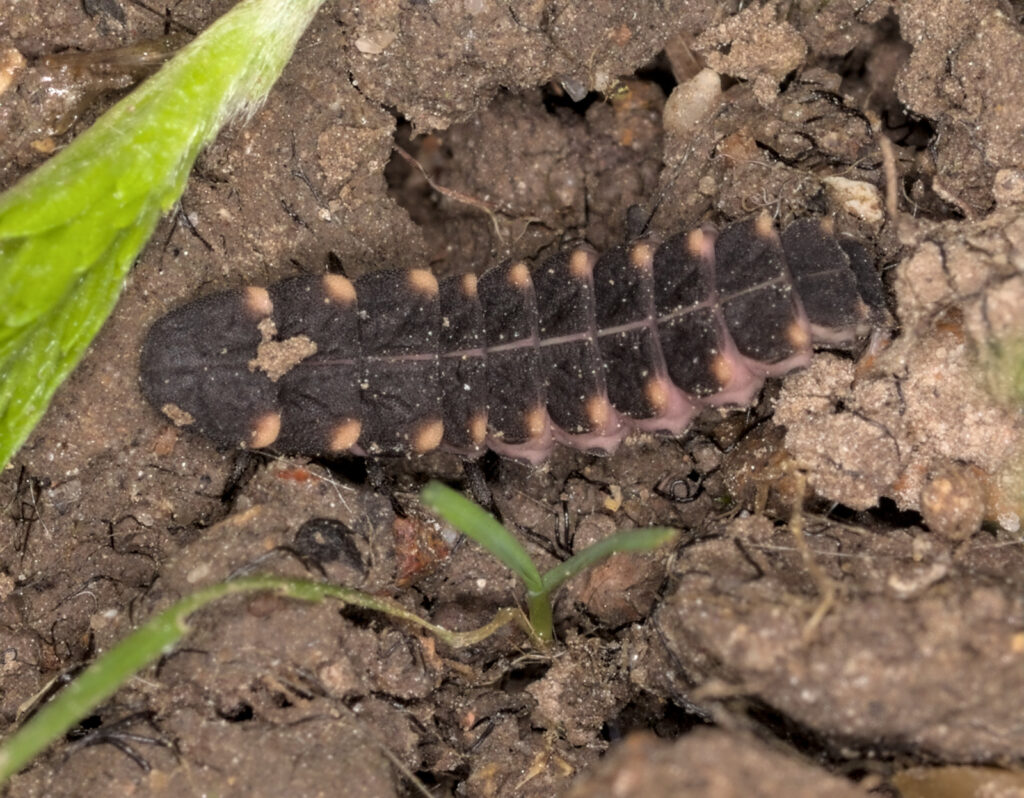
Glow-worms are bioluminescent insects found in caves and forests around the world, from New Zealand to parts of Europe and North America. These nocturnal creatures use their glowing bodies to attract mates or prey. Glow-worms emit a soft, greenish-blue light that illuminates their surroundings, making them an enchanting sight. You can find them in caves or dense forests, where they create glowing webs to trap insects.
The glow from these creatures is not only beautiful but also serves a practical purpose in their life cycle. They are usually found in environments that remain cool and humid, providing the perfect conditions for their bioluminescence. If you are traveling to places like Waitomo Caves in New Zealand or certain parts of Australia, seeing a glow-worm display is a magical experience. These fascinating insects are as mysterious as they are beautiful.
Wolverine (Gulo gulo)
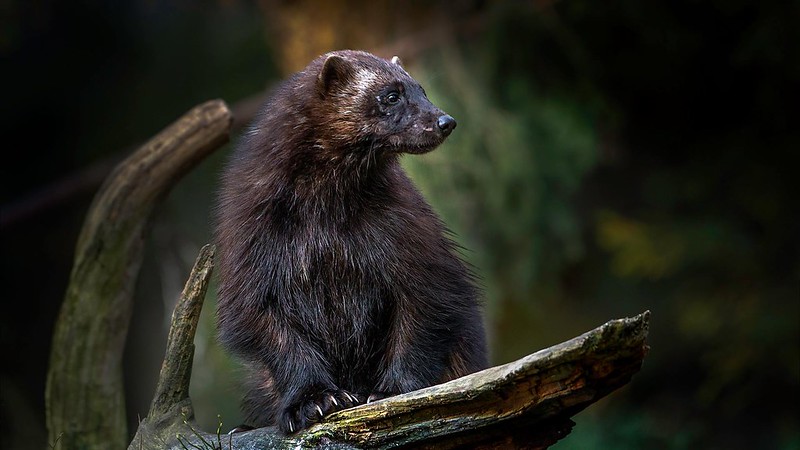
The Wolverine is a rare and powerful carnivore found in the northern regions of North America, Europe, and Asia. Known for its ferocity and strength, the Wolverine hunts a wide range of prey, including small mammals, birds, and even larger animals. Despite its size, it is a nocturnal and solitary creature, making sightings extremely rare. You can encounter Wolverines in remote forests, tundras, and mountain regions of Canada, Alaska, and parts of Scandinavia.
These animals are notorious for their ability to cover large distances, and they are capable of surviving in some of the harshest environments on Earth. Wolverines are scavengers and will often feast on the leftovers of larger predators, showcasing their adaptability. Because of habitat loss and hunting, the Wolverine is considered a vulnerable species. Catching a glimpse of this elusive animal in the wild is a rare and exciting experience.
Pallas’s Cat (Otocolobus manul)
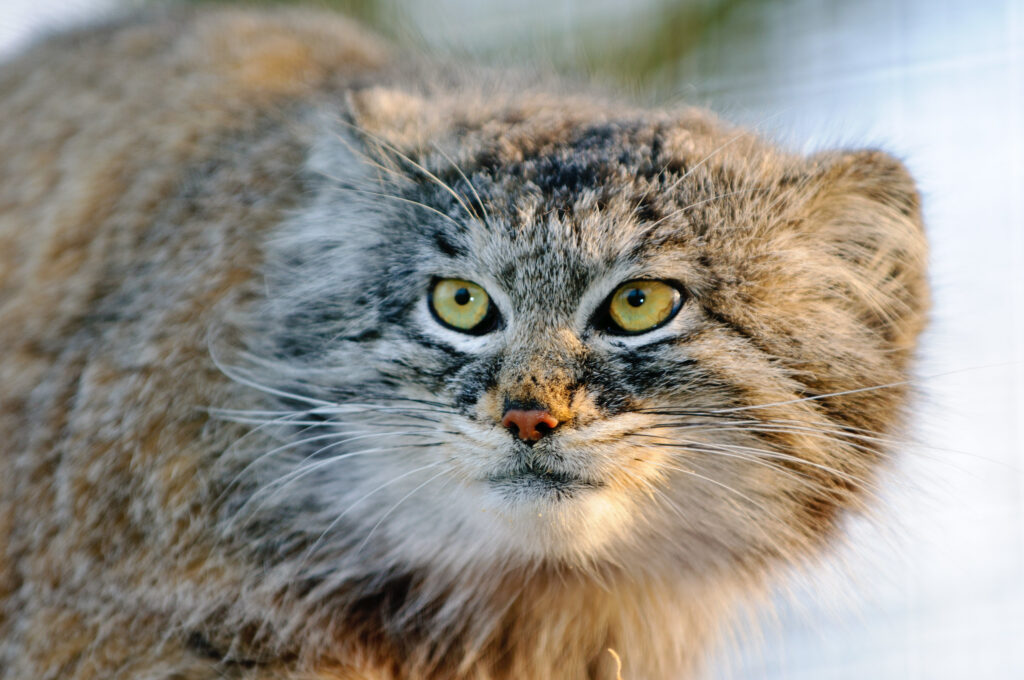
Pallas’s Cat, also known as the manul, is a small wildcat native to the steppes and mountains of Central Asia. Unlike most cats, Pallas’s Cat is nocturnal and often avoids human presence. It has thick fur and a stocky build, perfect for surviving in the cold, rocky environments it calls home. You can find these cats in regions like Mongolia, Kazakhstan, and parts of northern China, where they tend to hunt small rodents during the night.
Pallas’s Cats are highly elusive and are known for their distinctive flat face and wide-set eyes, giving them an almost comical appearance. However, they are formidable hunters and have a strong sense of smell, allowing them to track prey efficiently. Due to their solitary nature and remote habitat, Pallas’s Cats are rarely seen, making any encounter a truly remarkable experience. Conservation efforts are underway to protect this unique species from habitat loss and hunting pressures.
This article originally appeared on Avocadu.
